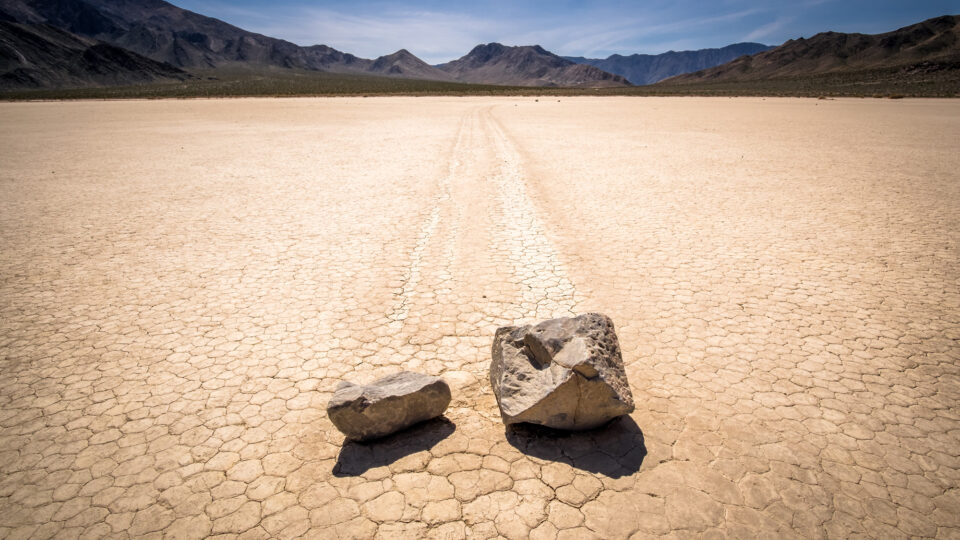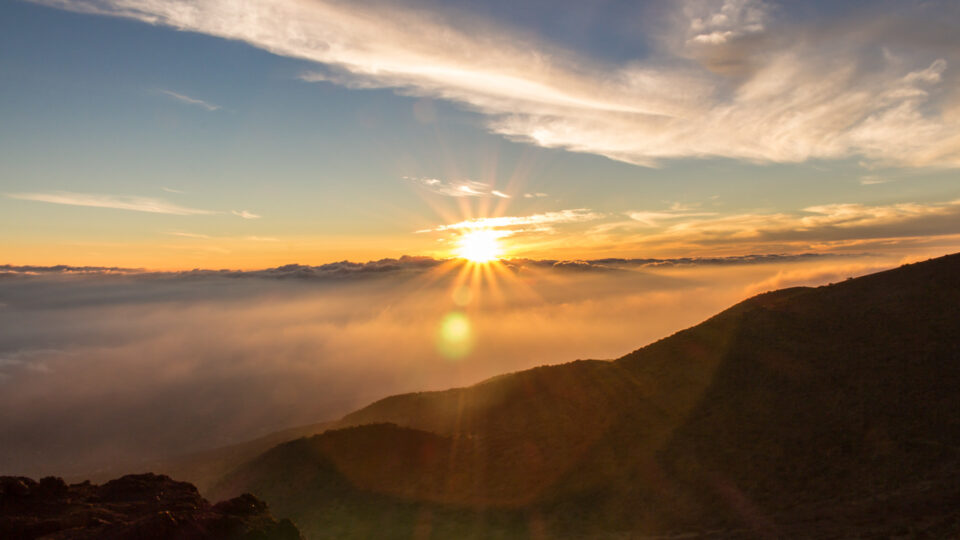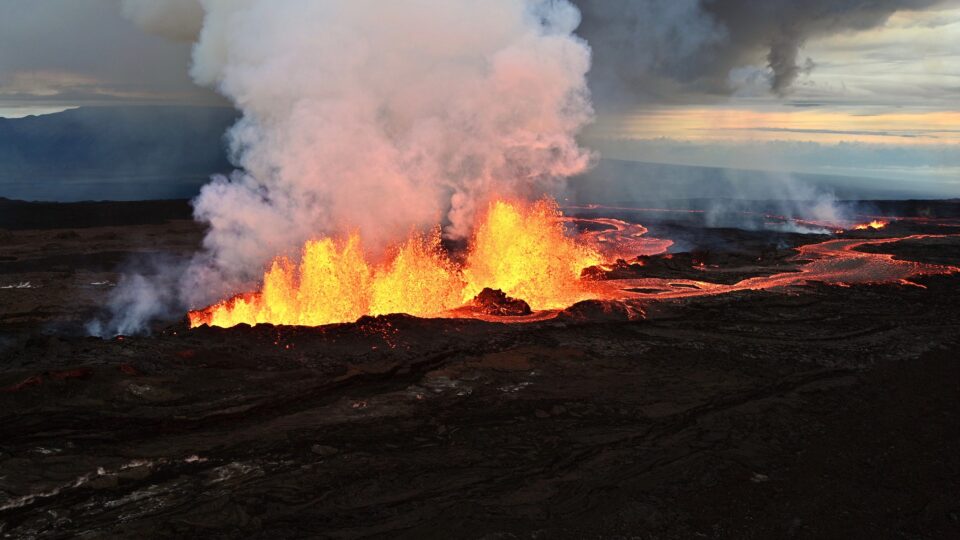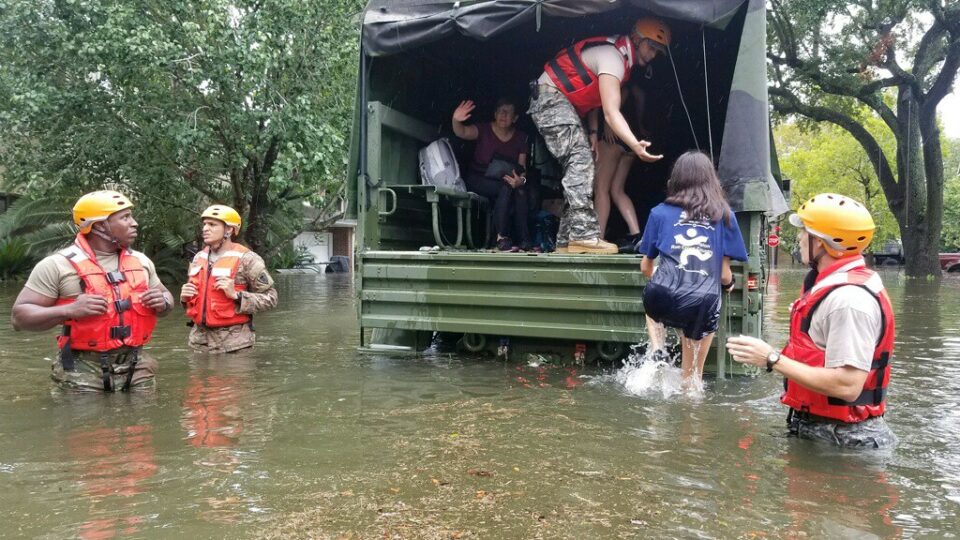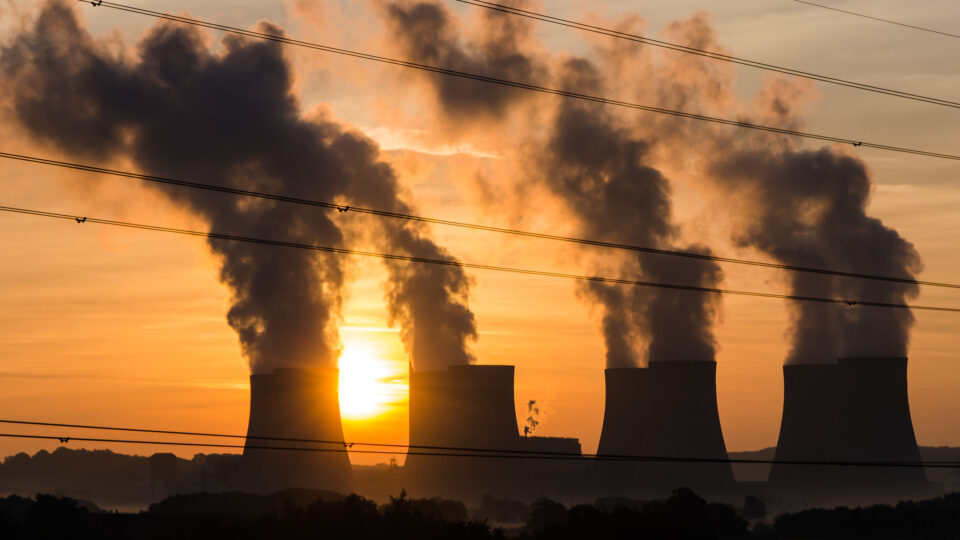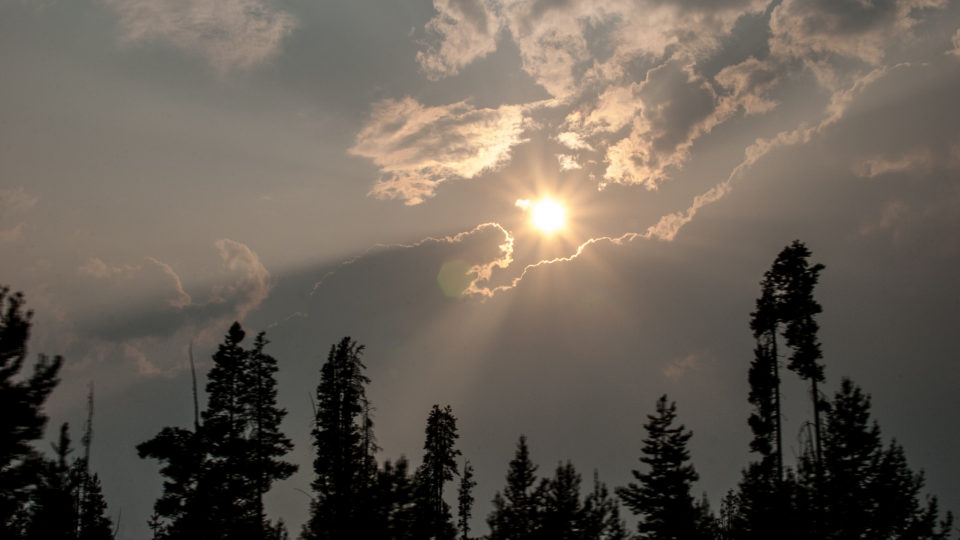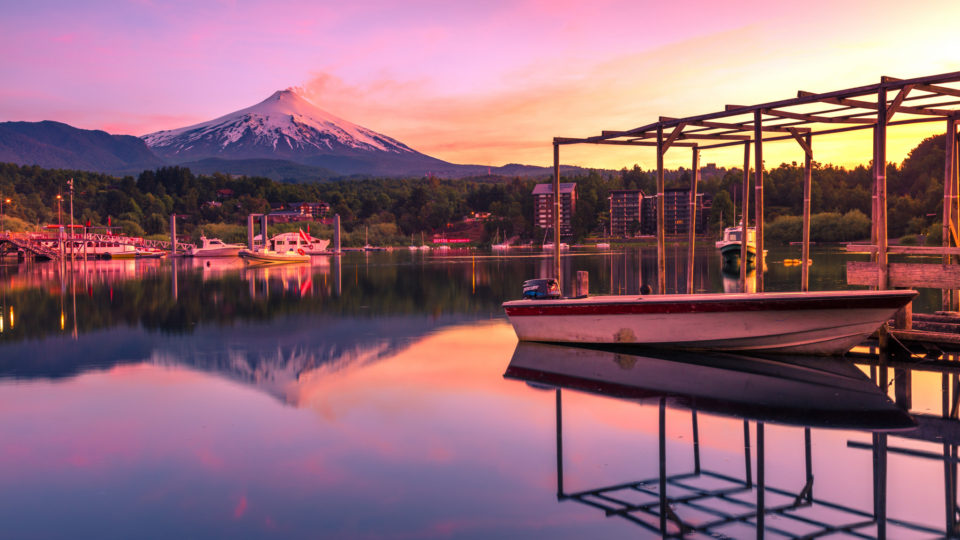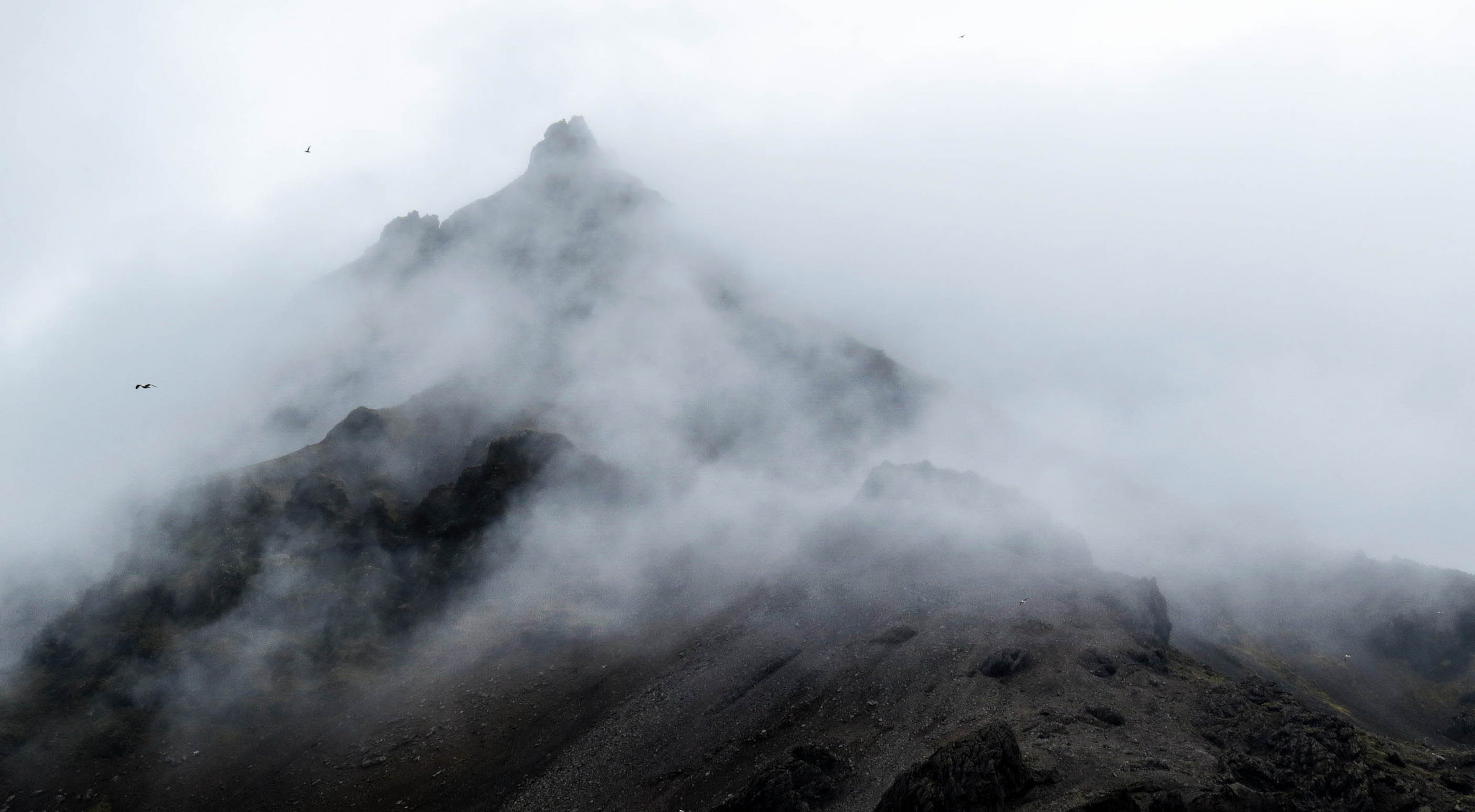Many places around the world have experienced extraordinary heat waves this summer. The 31 days of high temperatures 110 degrees or more in Phoenix is a prime example but many other places suffered from extreme and relentless heat. Why did this happen?
The overarching reason is climate change, which has warmed the Earth by 2.2 degrees Fahrenheit since the preindustrial era. This change on a global level is enough to make heatwaves far more likely. For example, the concurrent heatwaves in Europe and North America were 1000 times more likely to have occurred because of climate change.
But there hasn’t been a sudden increase in global temperature that would make this summer so much hotter. Instead, what really has happened is three other factors all came into play at the same time.
The first is the 2022 eruption of Hunga Tonga-Hunga Ha-apai, which is an underwater volcano in the South Pacific. That eruption did not produce much in the way of planet-cooling aerosols in the atmosphere. Instead, it vaporized huge amounts of seawater, sending water vapor into the atmosphere, which helps trap heat.
The second is a change in the amount of energy radiating from the sun. That actually rises and falls a small amount every 11 years. Currently, it is in the upswing and will reach its next peak in 2025.
Finally, there is the arrival of the El Niño in the Pacific, whose balmy ocean waters radiate heat into the air.
The combination of all these factors when added to the already warming climate is a recipe for temperatures to soar to uncharted highs. We can expect more heat waves, forest fires, flash floods, and other sorts of extreme weather.
**********
Web Links
It’s Not Just Climate Change: Three Other Factors Driving This Summer’s Extreme Heat
Photo, posted February 27, 2017, courtesy of Giuseppe Milo via Flickr.
Earth Wise is a production of WAMC Northeast Public Radio
